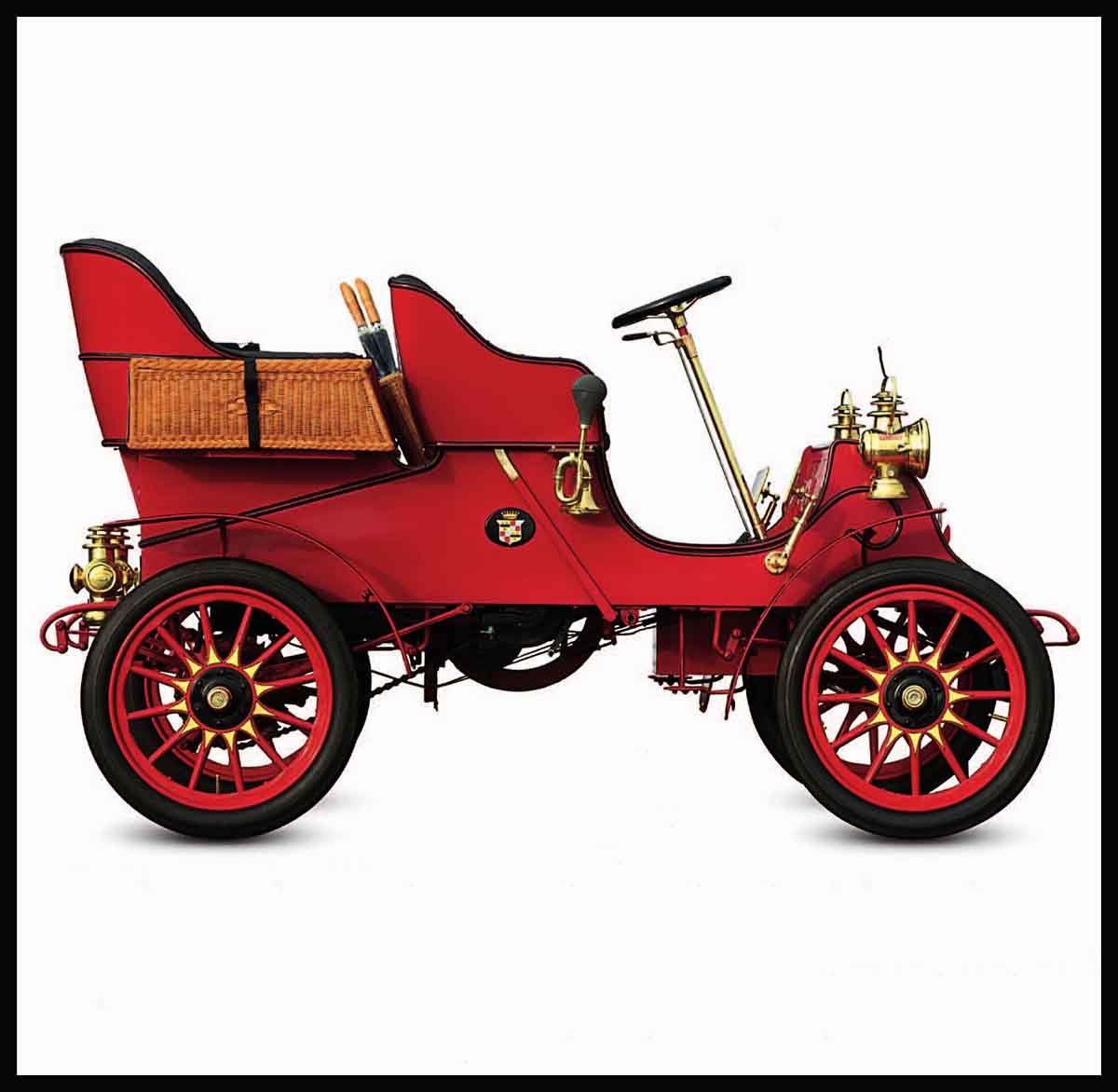
Early Production-Line Cars
By the end of the first decade of the 20th century, it was clear that the motor car was here to stay, and carmakers started looking for ways to increase production. De Dion-Bouton in France and Oldsmobile in the United States both claimed sales of over 2,000 in 1902, but Henry Ford would eclipse them all, as he introduced the moving production line to motor car manufacturing.
Vulcan 10HP, 1904
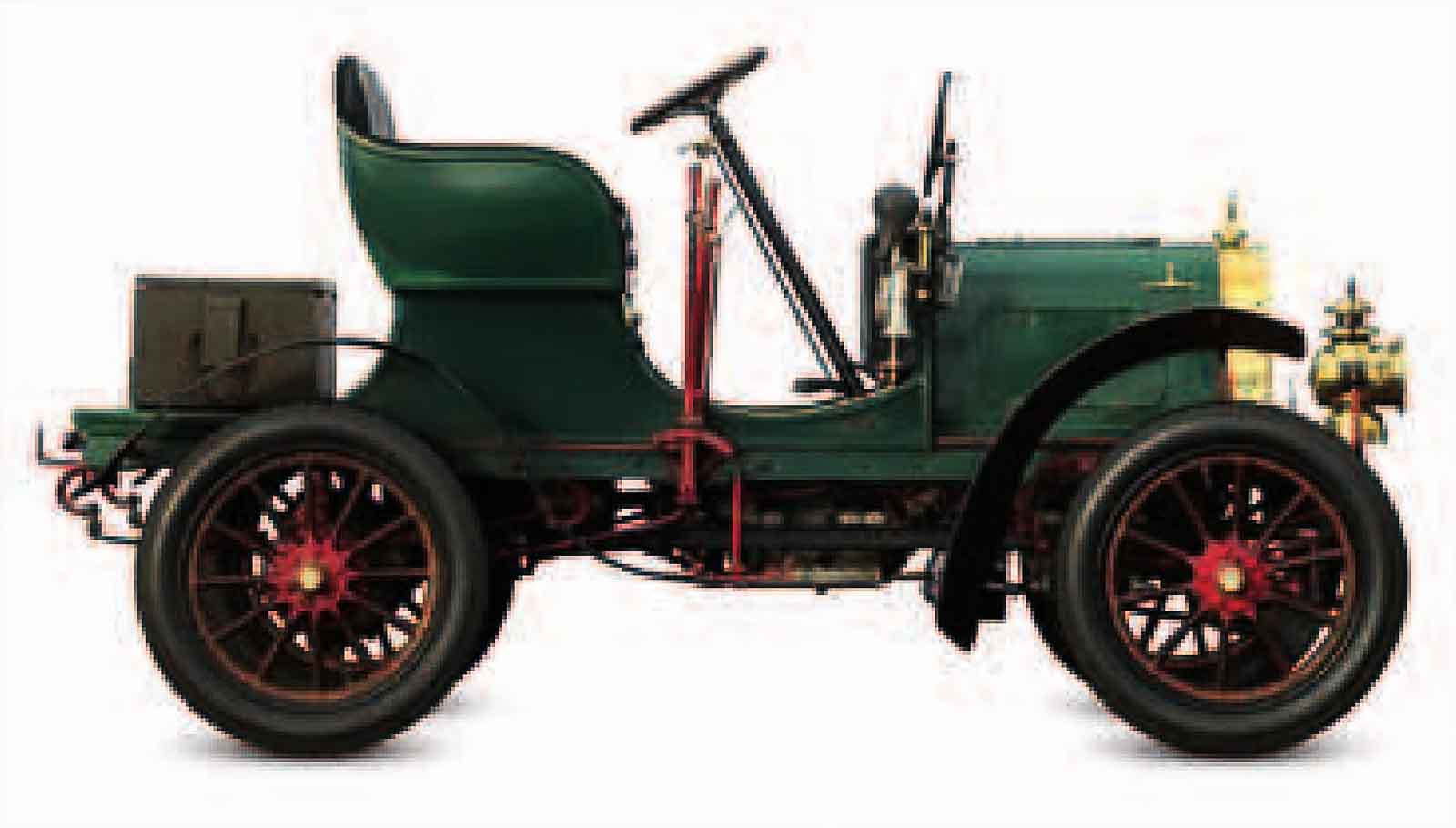
| Origin | UK |
| Engine | 1,500 cc, straight-two |
| Top speed | 35 mph (56 km/h) |
Vulcan cars offered exceptional value for money. The 1903 single-cylinder cost just £105 and the 1904 twin £200: consequently, sales rocketed during 1904-06.
Wolseley 6HP, 1901
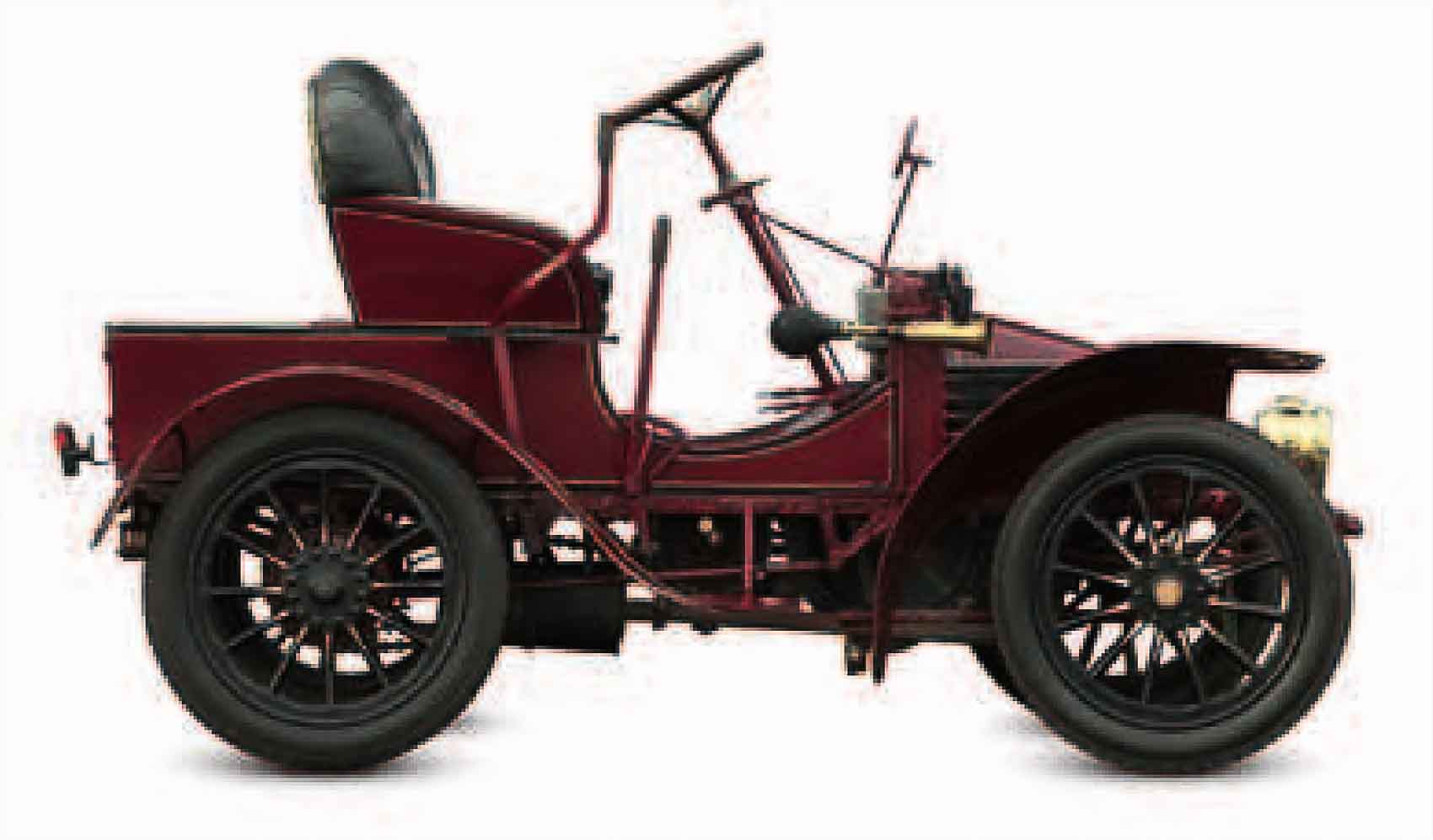
| Origin | UK |
| Engine | 714 cc, single-cylinder |
| Top speed | 25 mph (40 km/h) |
Herbert Austin designed and oversaw manufacture of this Voiturette before setting up his own company. Its efficient design ensured successful production.
Oldsmobile Curved Dash, 1901
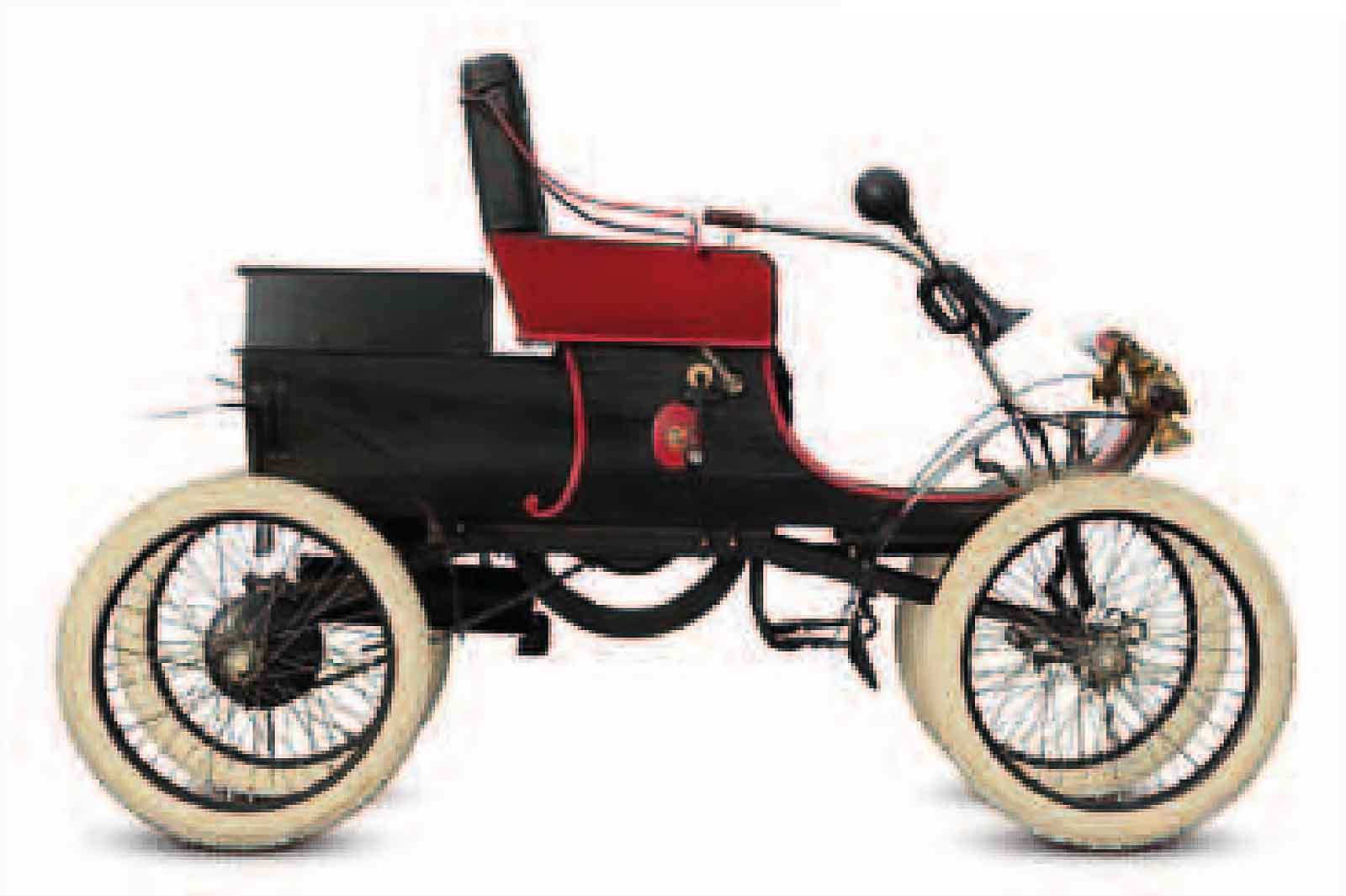
| Origin | USA |
| Engine | 1,564 cc, single-cylinder |
| Top speed | 20 mph (32 km/h) |
Ransom Eli Olds conceived the world’s first mass-production car. It was light, simple, affordable, and reliable: 2,100 were sold in 1902 and 5,000 more in 1904.
Speedwell 6HP Dogcart, 1904
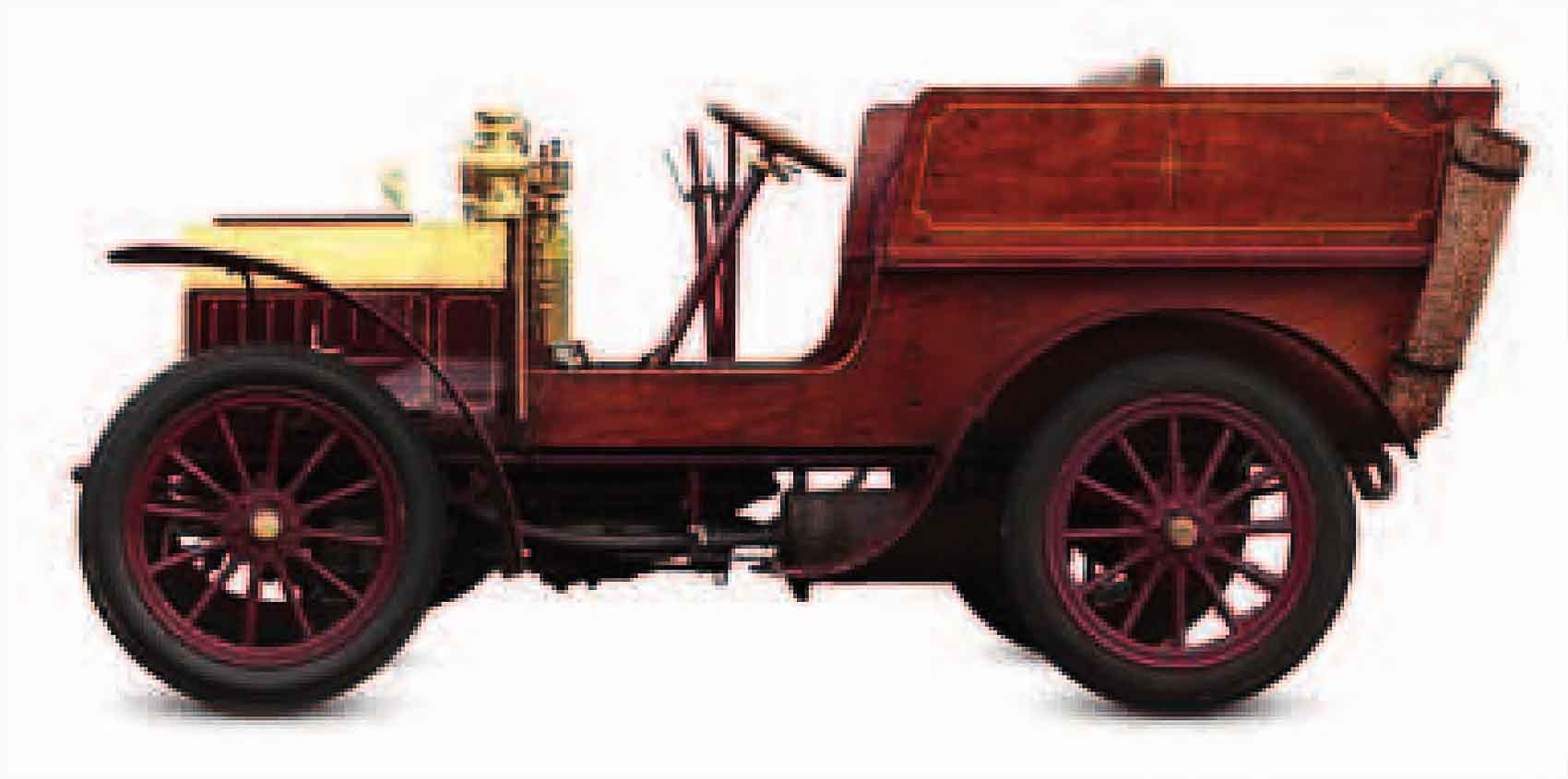
| Origin | UK |
| Engine | 700 cc, single-cylinder |
| Top speed | 25 mph (40 km/h) |
Speedwell made a wide range of cars from 6hp to 50hp, though it only lasted from 1900 to 1907. The Dogcart used a De Dion-type engine.
L’Elegante 6HP, 1903
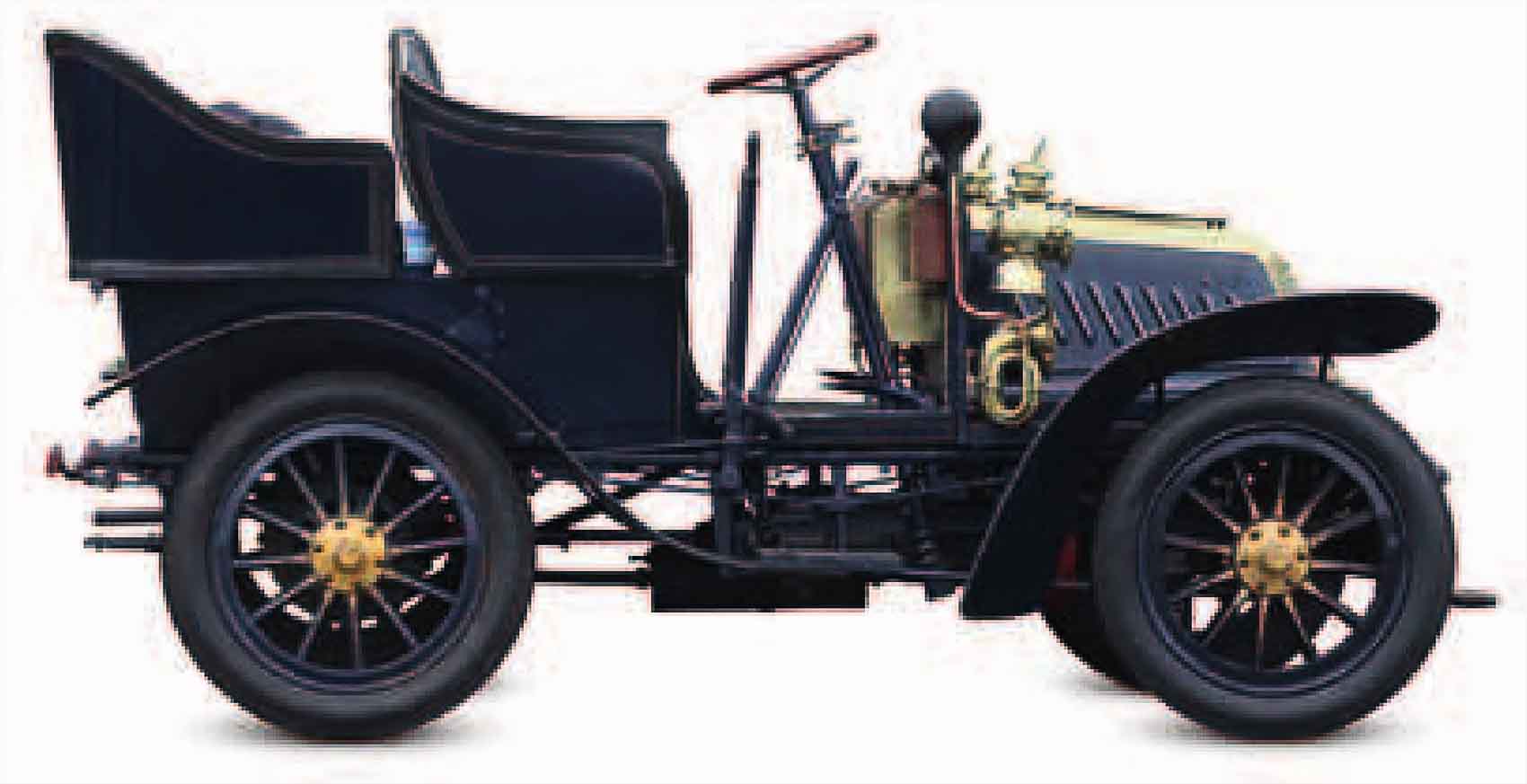
| Origin | France |
| Engine | 942 cc, single-cylinder |
| Top speed | 28 mph (45 km/h) |
Like De Dion-Bouton, L’Elegante cars were built in Paris. They closely resembled De Dion-Boutons and used their engines. The L’Elegante only lasted four years.
Knox 8HP, 1904
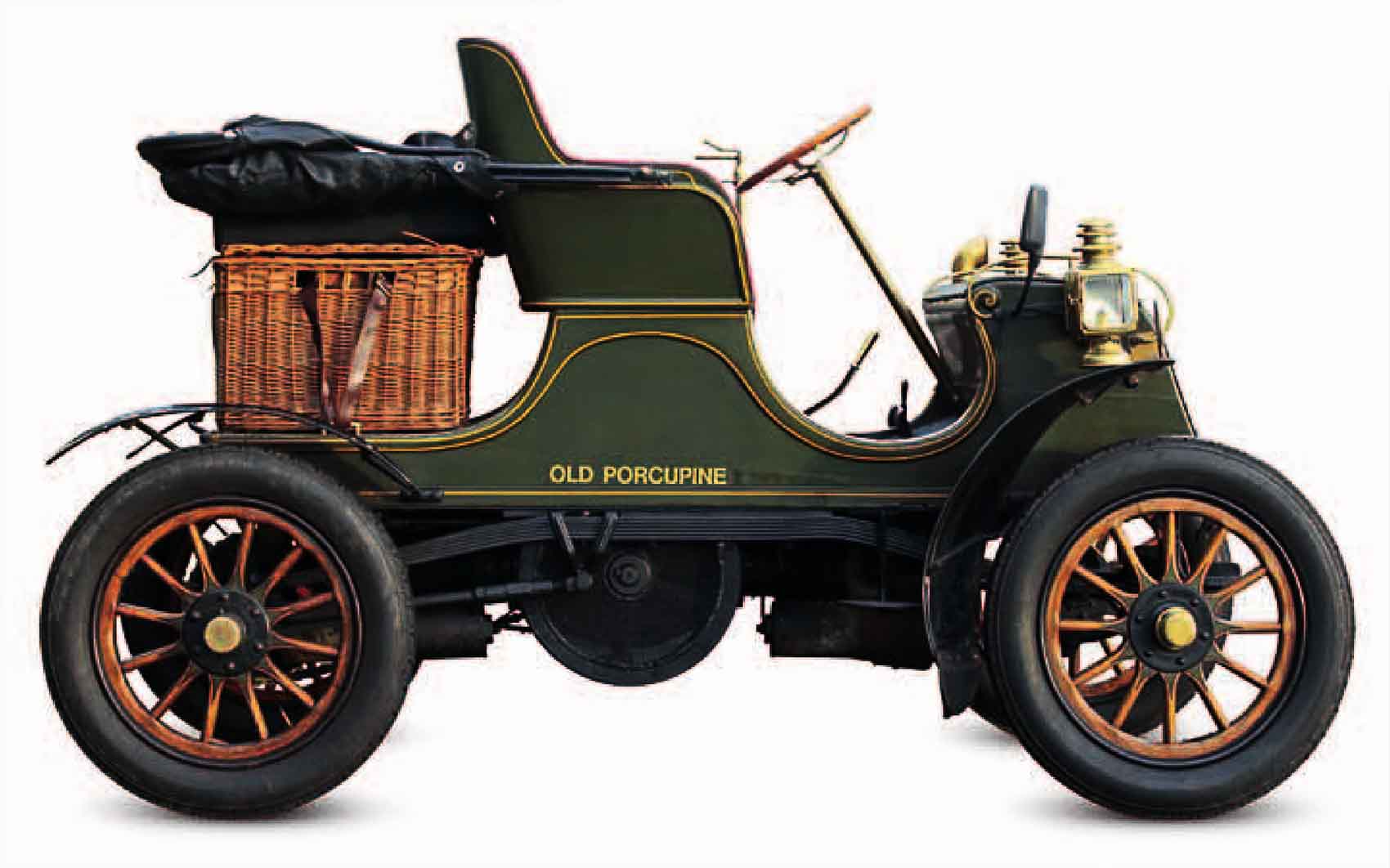
| Origin | USA |
| Engine | 2,253 cc, single-cylinder |
| Top speed | 28 mph (45 km/h) |
Knox sold hundreds of these simple cars, which were notable for full-length springs and an air-cooled, single-cylinder engine covered in screwed-in pins to increase cooling.
Cadillac Model A, 1903
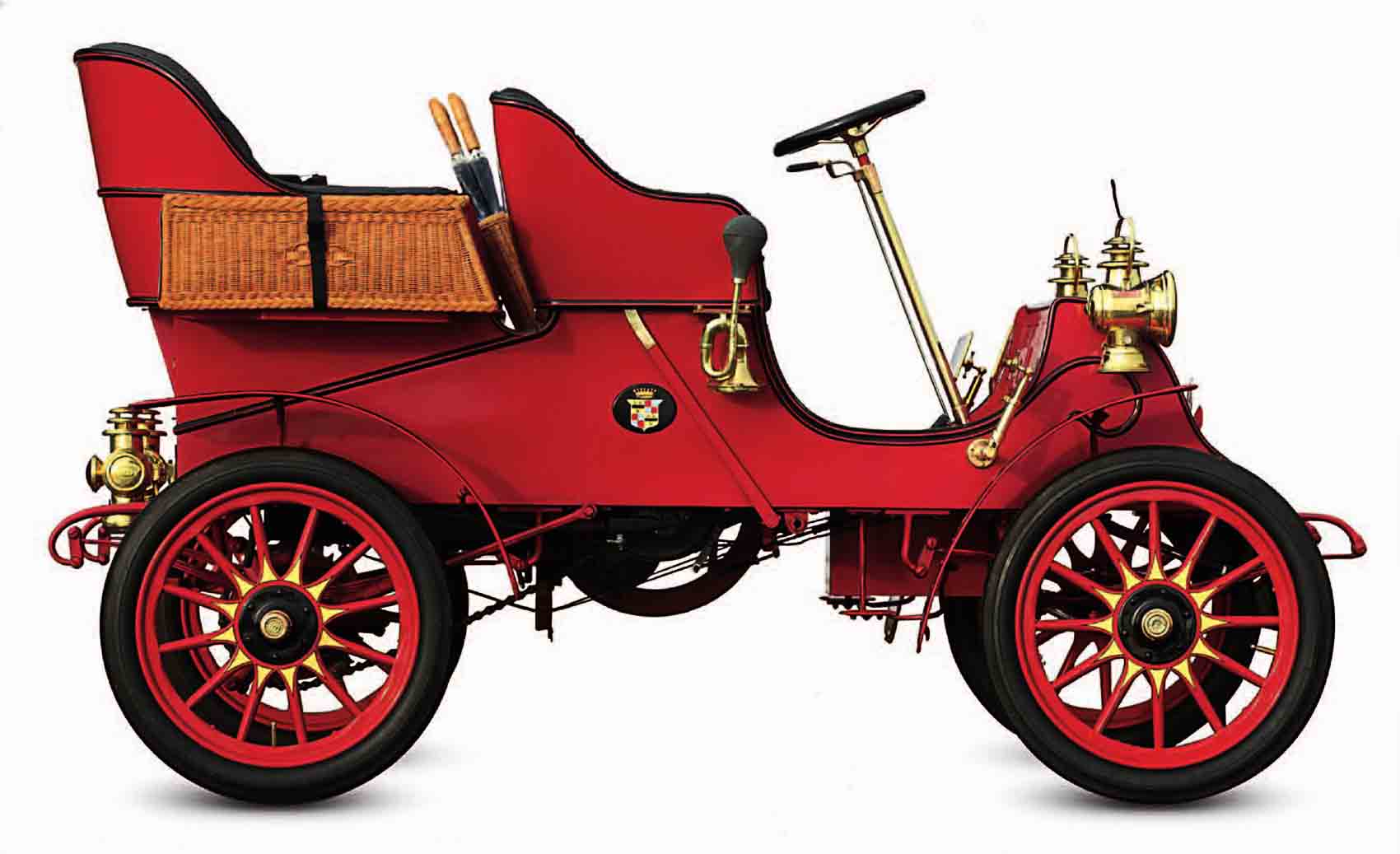
| Origin | USA |
| Engine | 1,606 cc, single-cylinder |
| Top speed | 35 mph (56 km/h) |
Henry Leland set up Cadillac in 1902 after parting with Henry Ford; in 1903 he sold some 2,400 of these simple, well-engineered small cars for $750 each.
De Dion-Bouton 10HP Type W, 1904
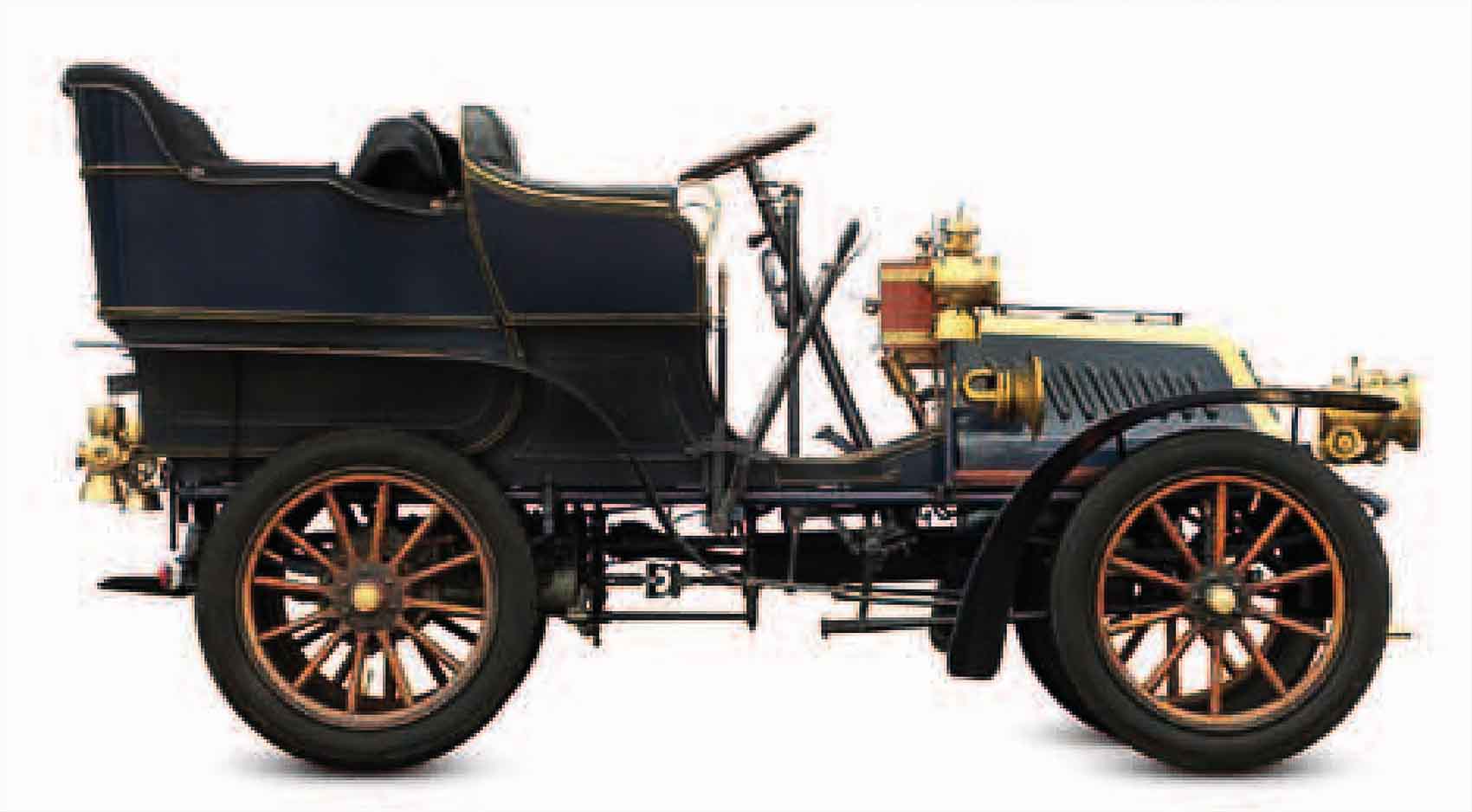
| Origin | France |
| Engine | 1,728 cc, straight-two |
| Top speed | 40 mph (64 km/h) |
De Dion-Bouton claimed to be the world’s largest car producer, selling 2,000 cars in 1902 alone, and offering a wide choice of popular, easy-to-drive vehicles.
Spyker 12/16HP Double Phaeton, 1905
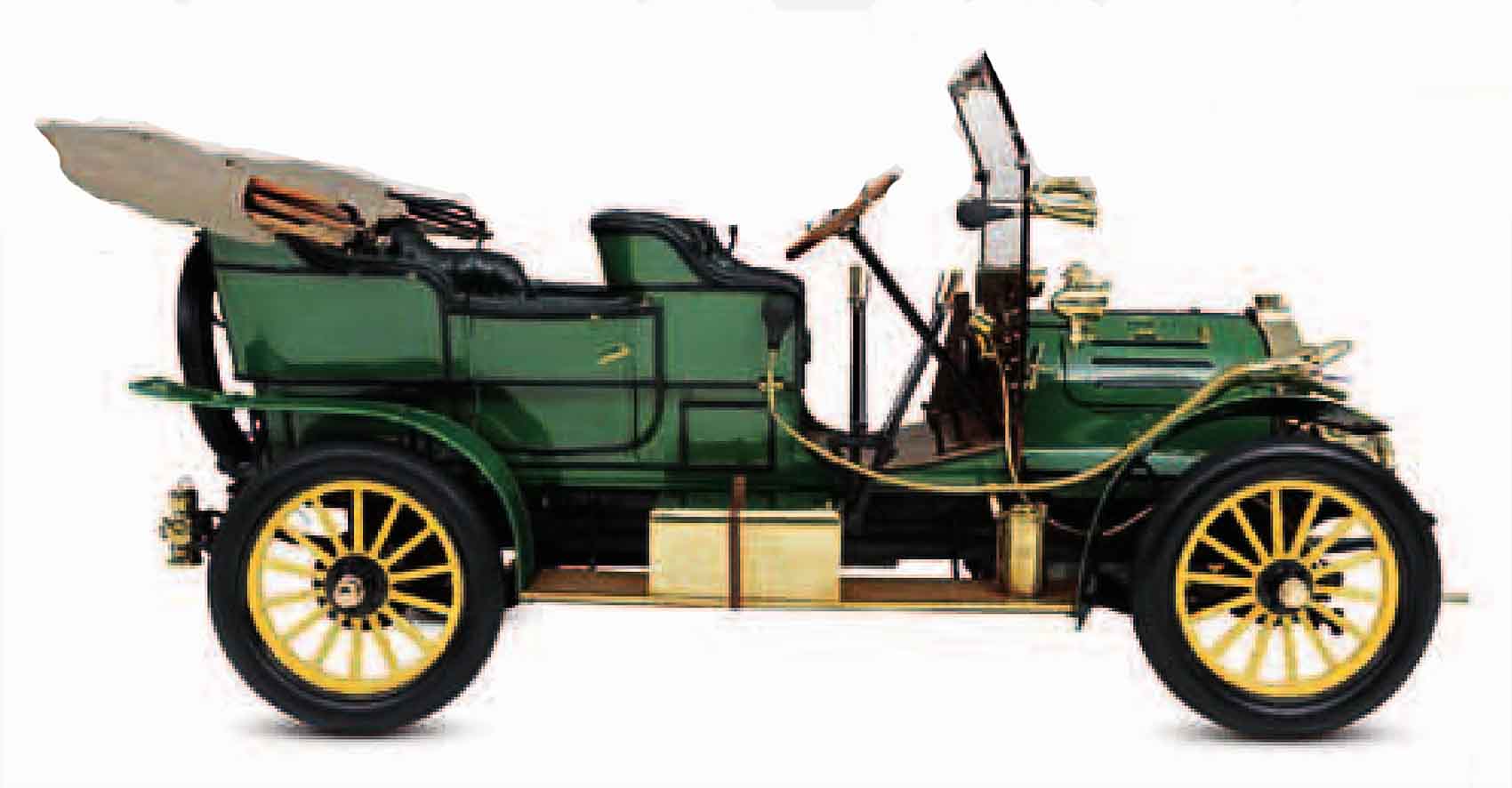
| Origin | Netherlands |
| Engine | 2,544 cc, square-four |
| Top speed | 45 mph (72 km/h) |
The Spijker brothers started selling other marques before producing their own from 1900. From 1904 they made a range of large, advanced cars, including a 4×4.
Ford Model T Tourer, 1908
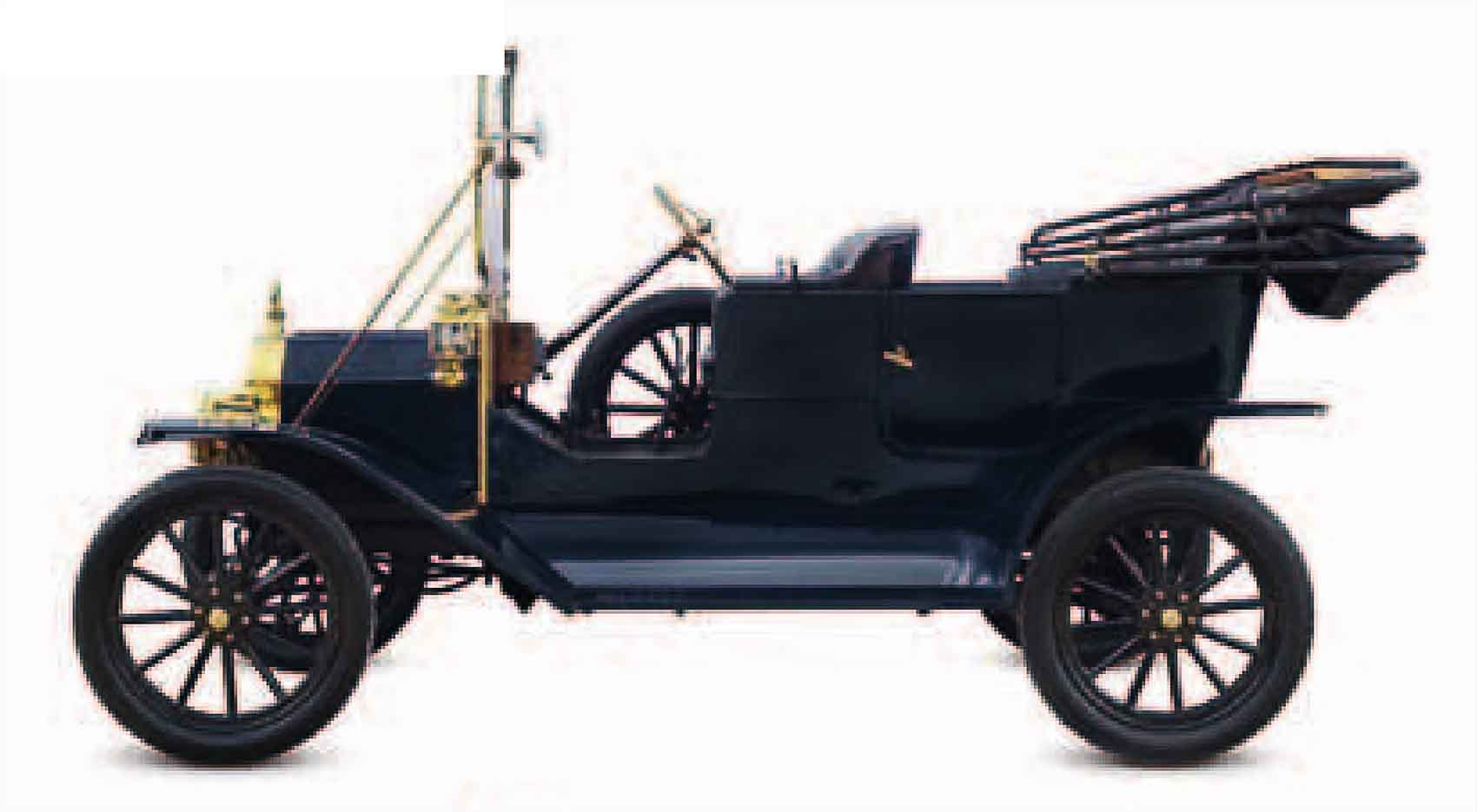
| Origin | USA |
| Engine | 2,896 cc, straight-four |
| Top speed | 42 mph (68 km/h) |
Henry Ford dreamed of bringing motoring to the wider public, and by using a moving assembly line he achieved it with the rugged, reliable, low-cost Model T.
CID Baby, 1910
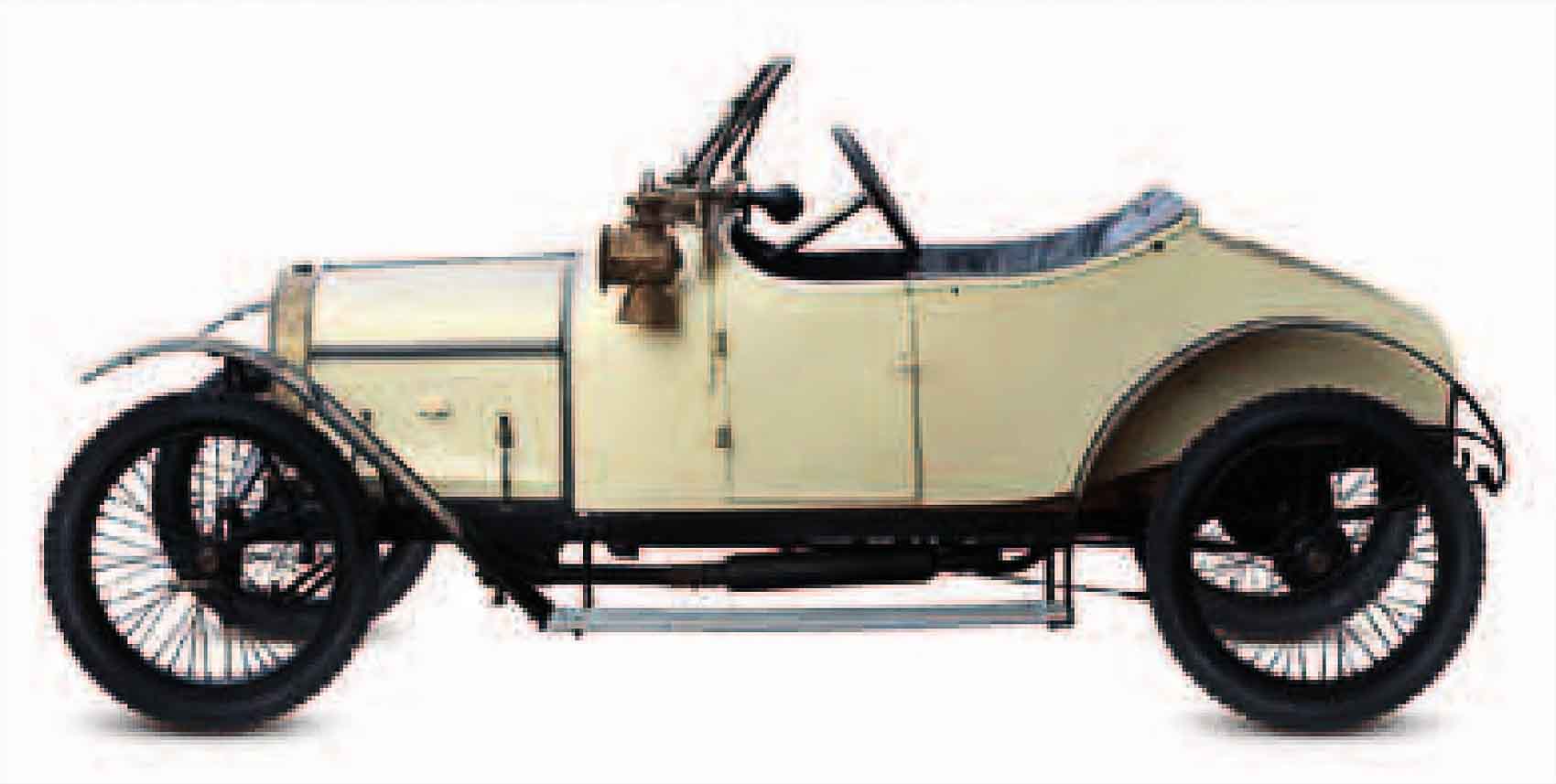
| Origin | France |
| Engine | single-cylinder |
| Top speed | 40 mph (64 km/h) |
Cottereau of Dijon was renamed CID in 1910; its best-known product was the Baby, a light car with a Buchet engine driving through a four-speed friction transmission.
Renault AX, 1908
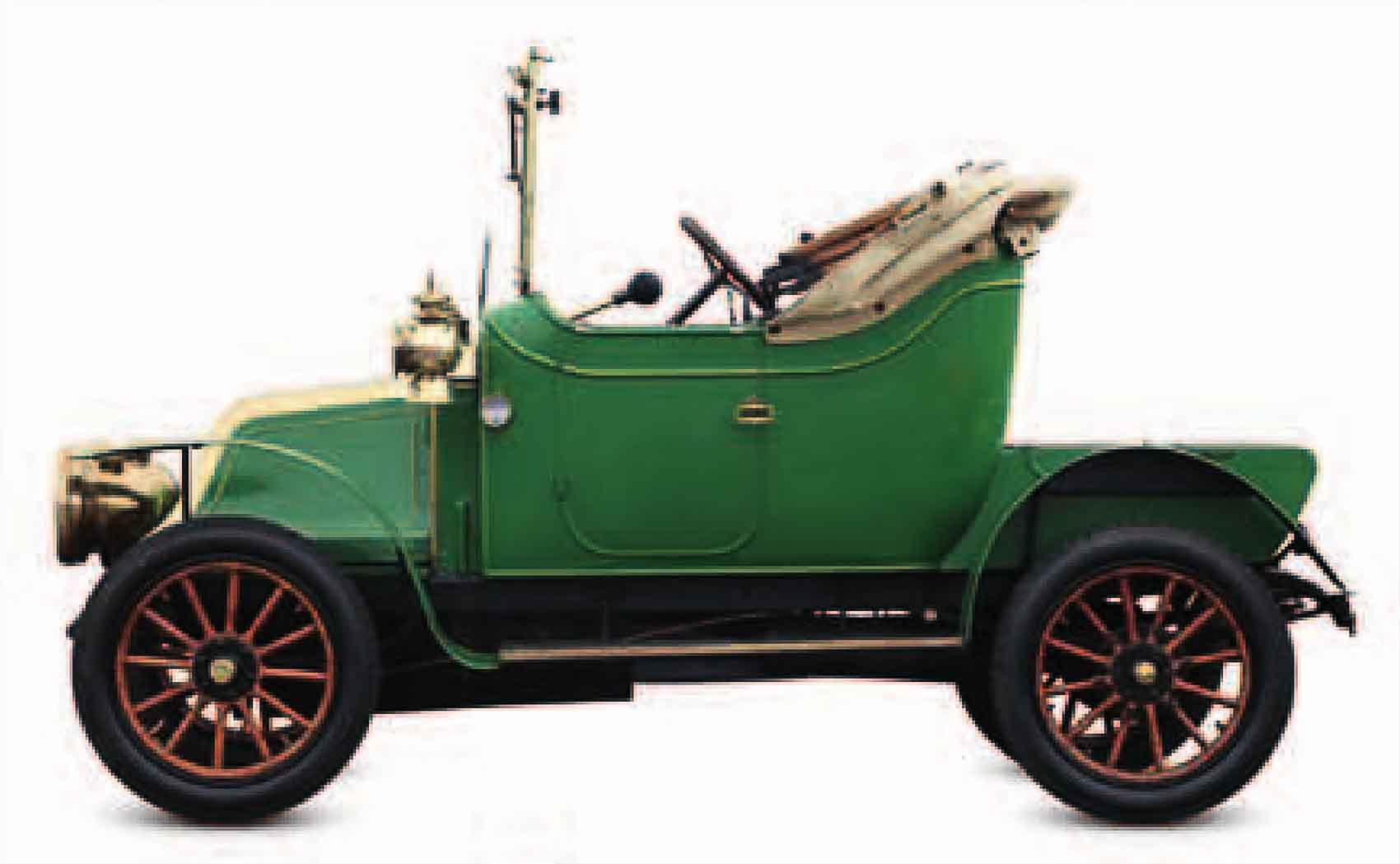
| Origin | France |
| Engine | 1,060 cc, straight-two |
| Top speed | 35 mph (56 km/h) |
French manufacturers excelled at making lightweight, practical vehicles; the AX was a perfect example. Popular with taxi drivers, it was in production for six years.
Humber Humberette, 1913
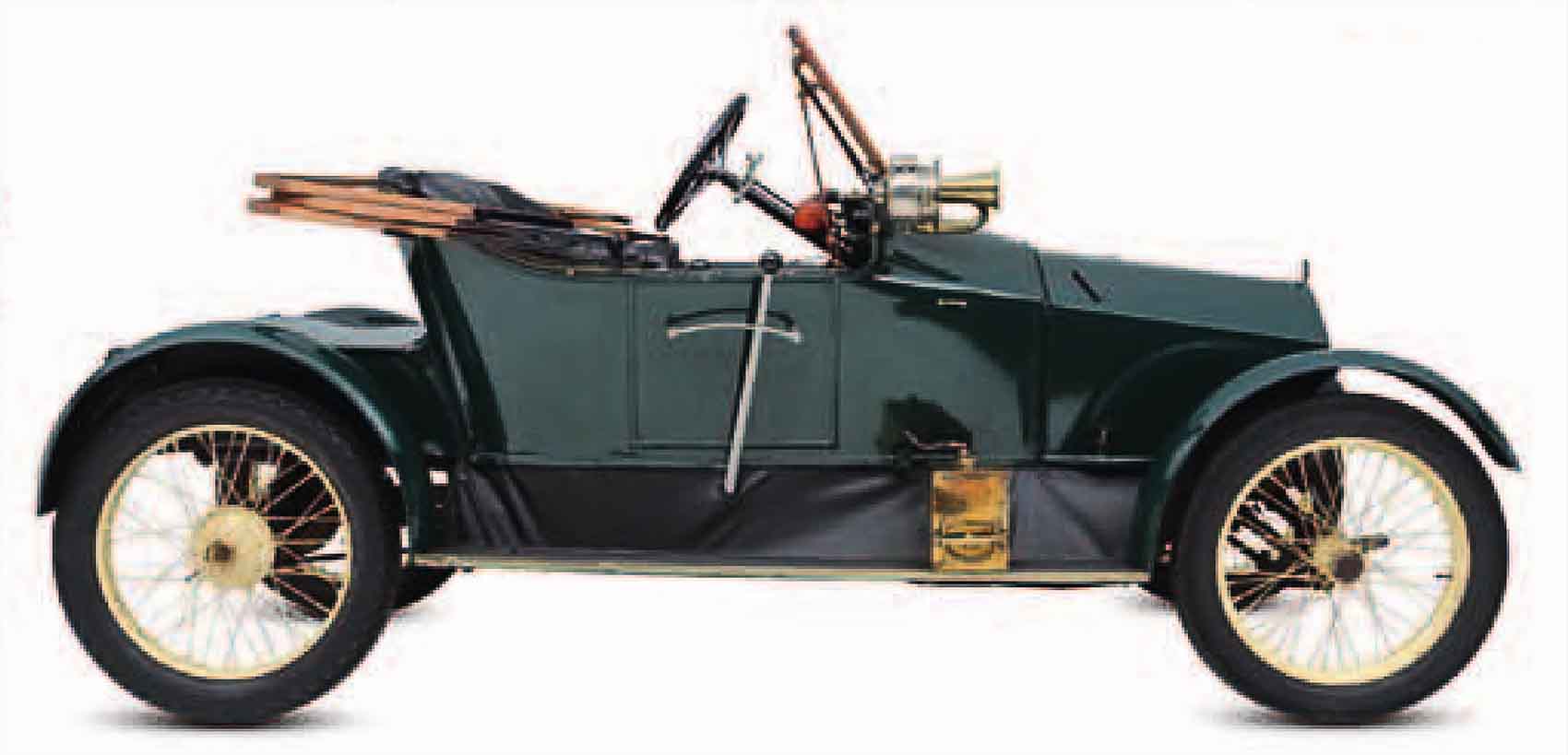
| Origin | UK |
| Engine | 998 cc, V2-cylinder |
| Top speed | 25 mph (40 km/h) |
This well-made economy model featured an air-cooled engine. It was classed as a “cyclecar” for tax purposes, since it weighed under 700 lb (320 kg).
Peugeot Bebe, 1913
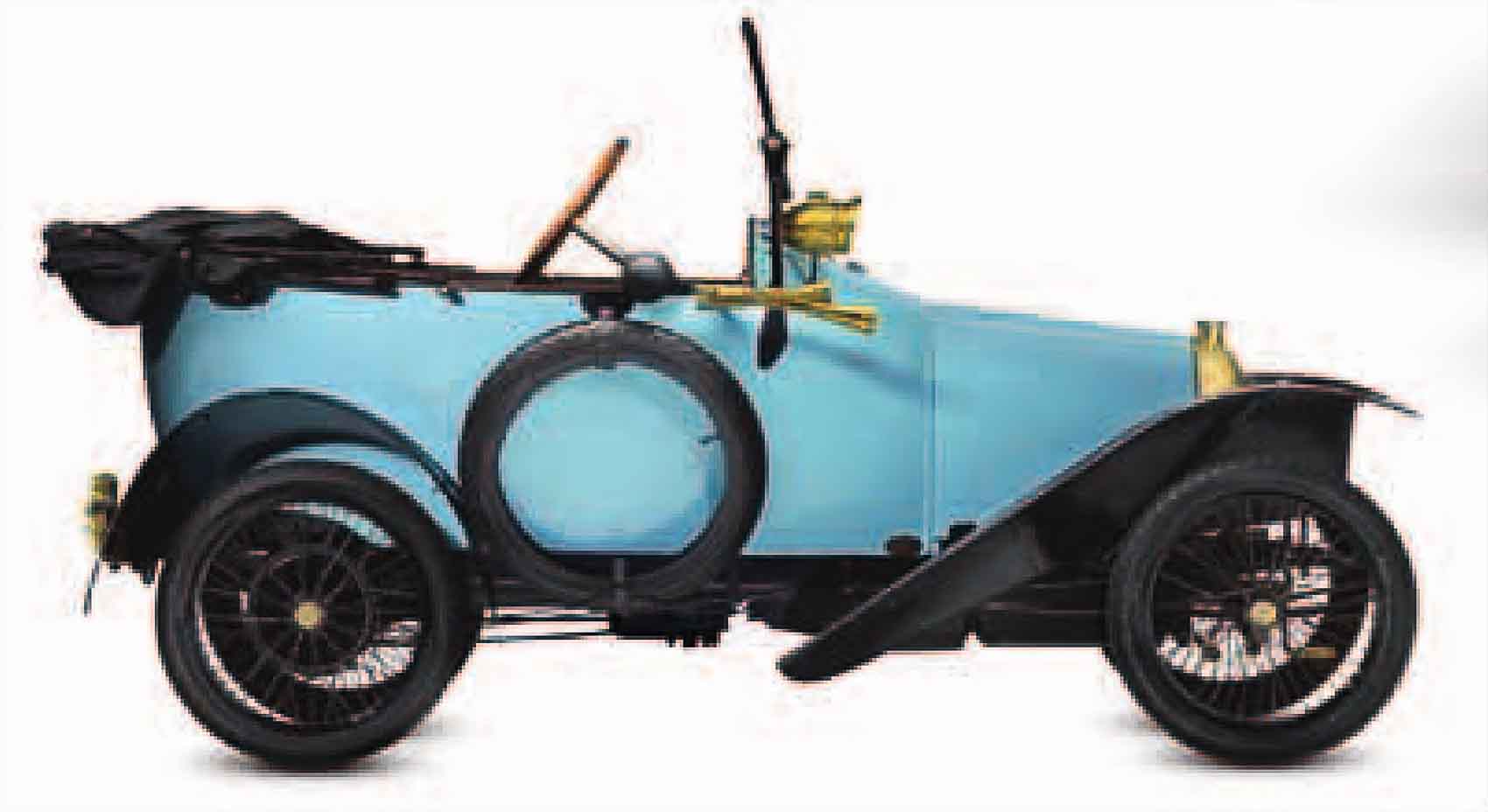
| Origin | France |
| Engine | 855 cc, straight-four |
| Top speed | 37 mph (60 km/h) |
Ettore Bugatti designed this car for Wanderer, but it was best known as a Peugeot; 3,095 were sold during 1913-16.
Twombly Model B, 1914
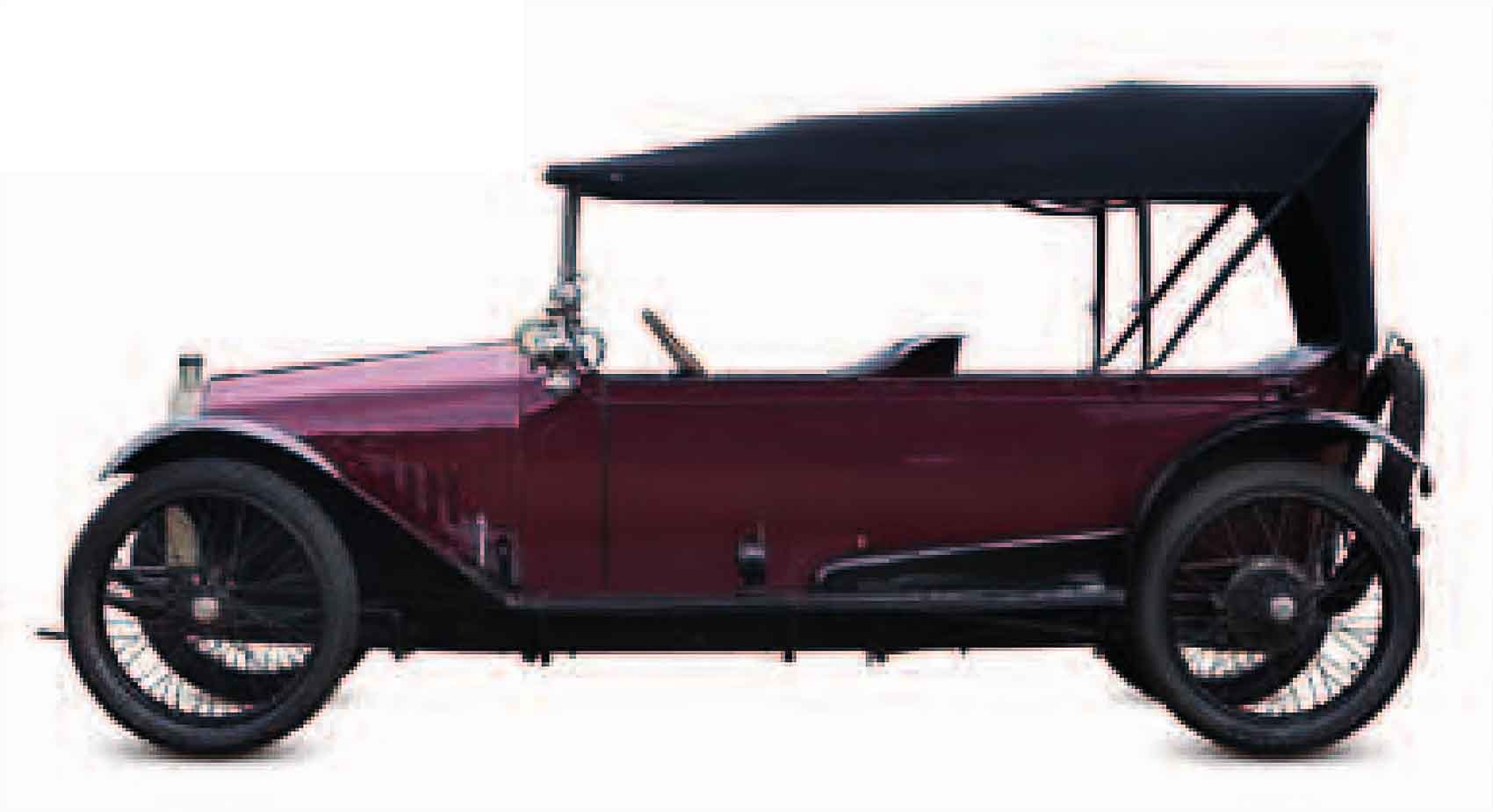
| Origin | USA |
| Engine | 1,290 cc, straight-four |
| Top speed | 50 mph (80 km/h) |
Mounting the axles above the chassis gave the Twombly unusually low lines. It was very narrow, and its tandem seating was an uncommon feature that proved unpopular.
Dodge Model 30 Touring Car, 1914
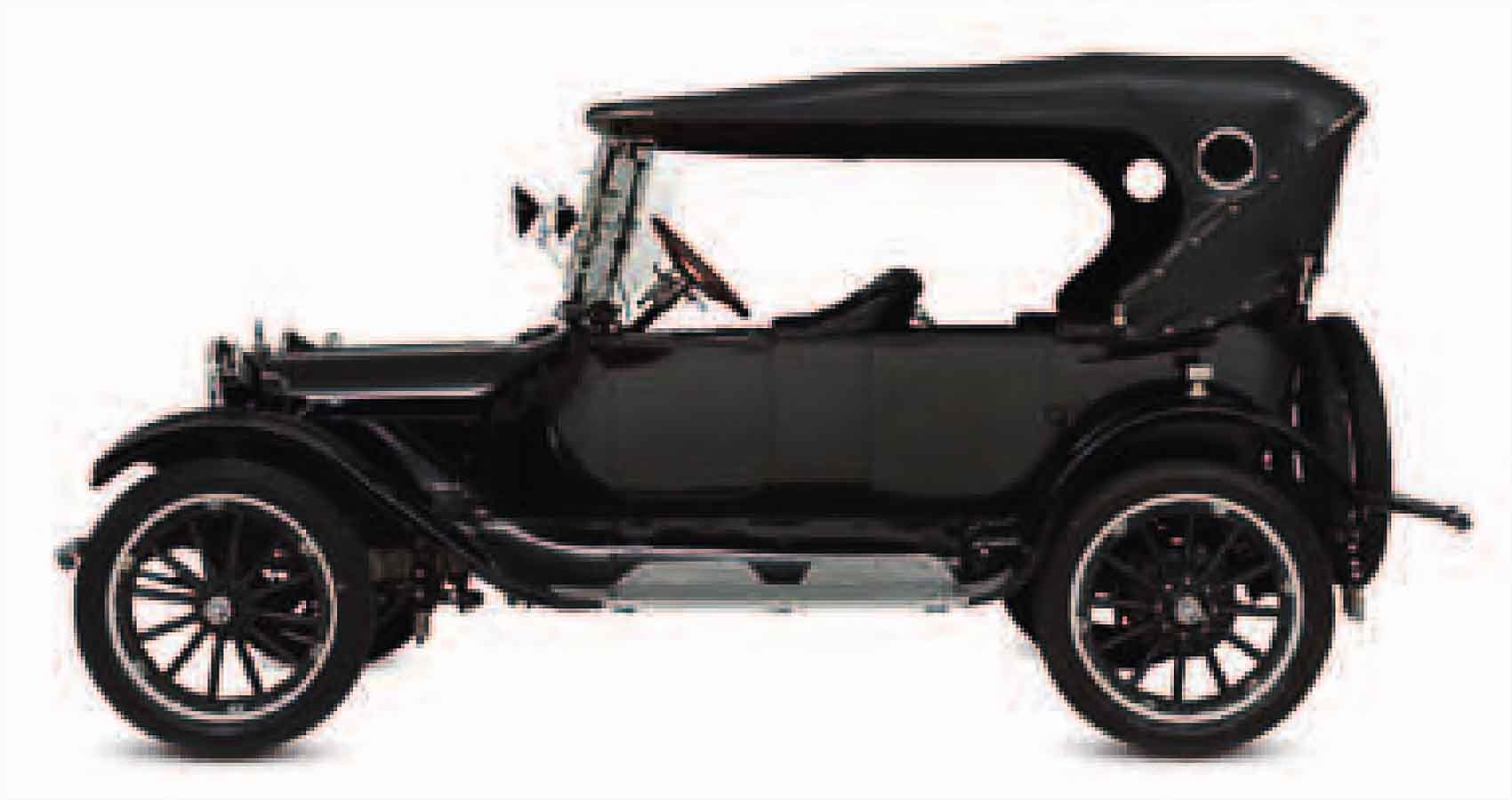
| Origin | USA |
| Engine | 3,480 cc, four-cylinder |
| Top speed | Unknown |
The Dodge brothers were formerly subcontractors to Ford. Their own first car was twice as powerful as the Model T, and was supplied with an all-steel welded body.
Standard 9½hp Model S, 1913
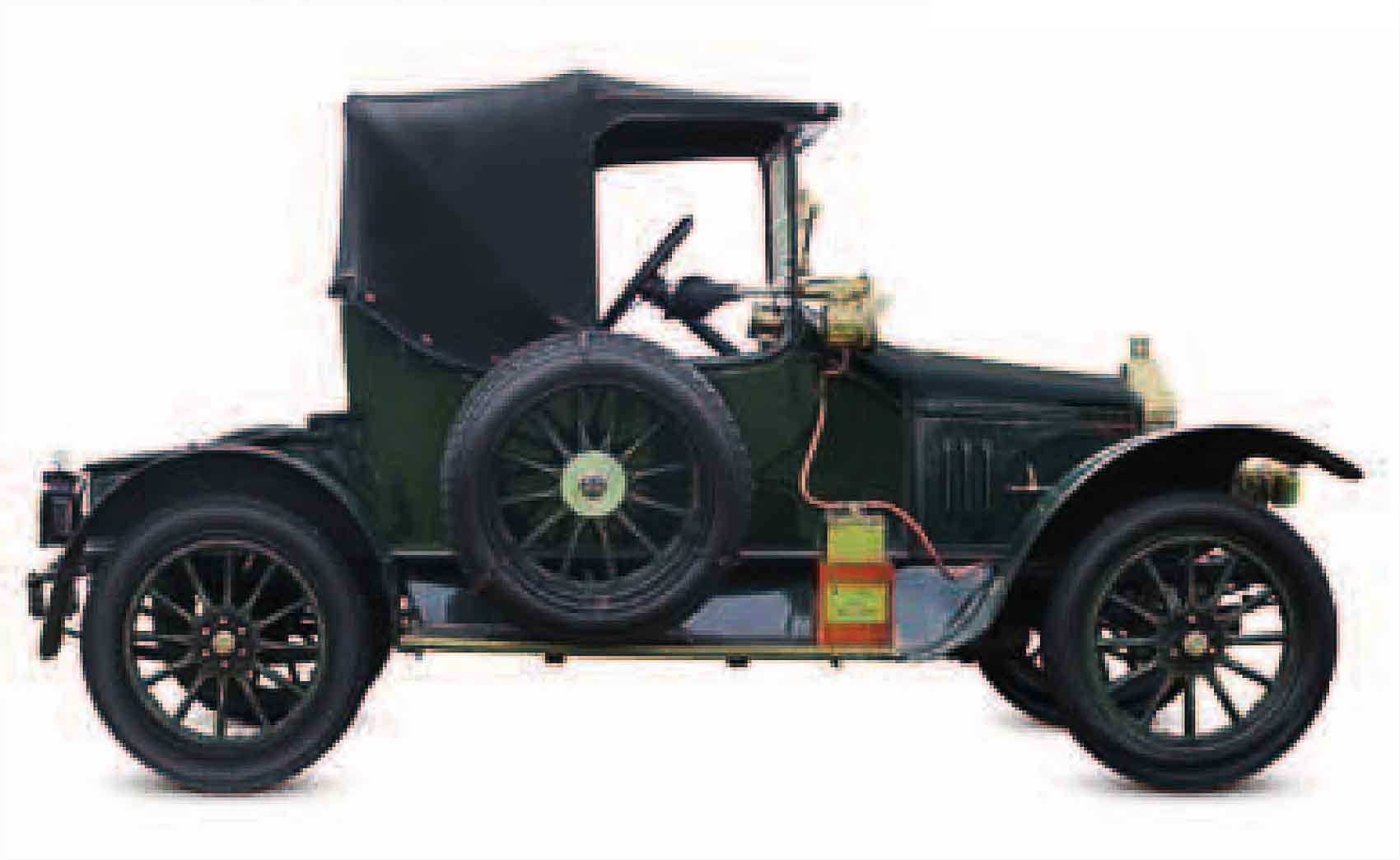
| Origin | UK |
| Engine | 1,087 cc, straight-four |
| Top speed | 45 mph (72 km/h) |
Set up by Reginald Maudsley in 1903, Standard gained a reputation for making good engines, which were also used by other marques; its own cars sold well.
Stellite 9HP, 1913
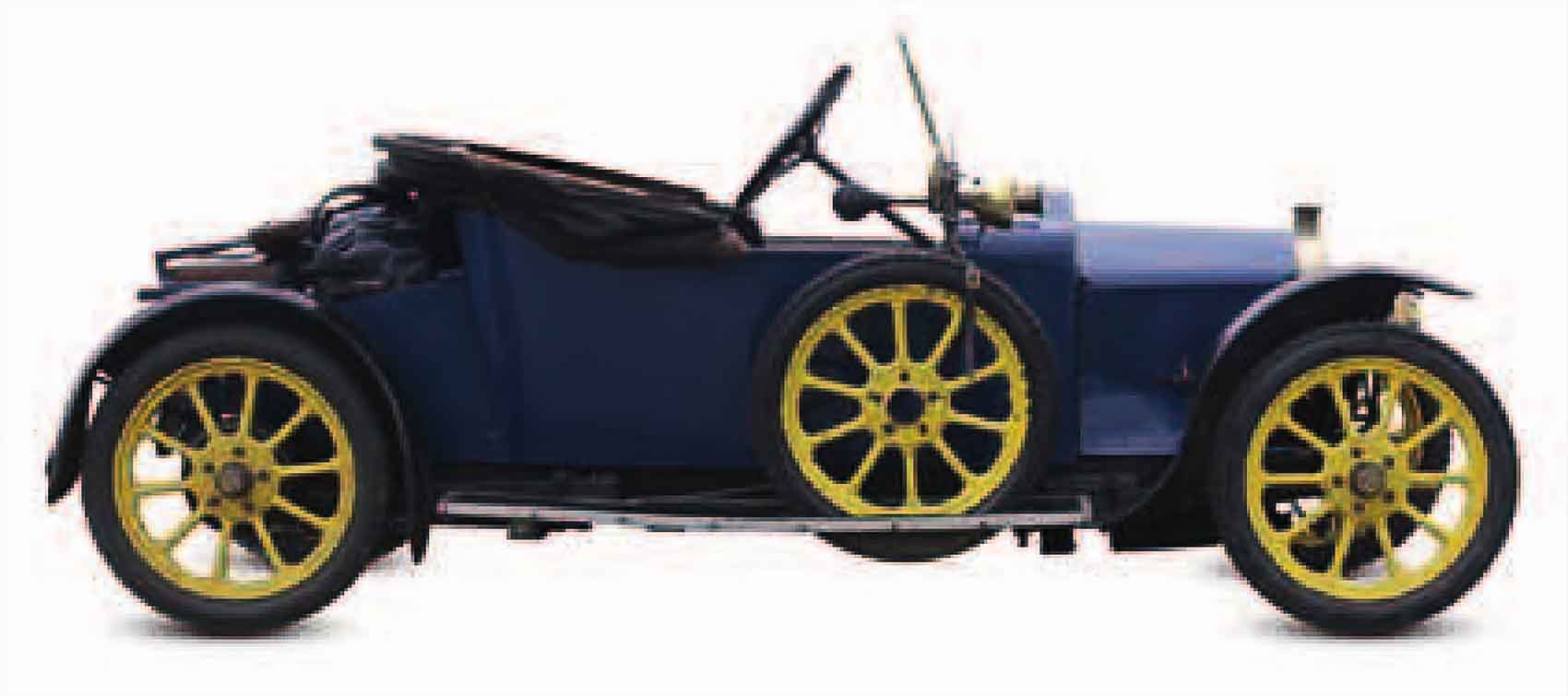
| Origin | UK |
| Engine | 1,098 cc, straight-four |
| Top speed | 45 mph (72 km/h) |
A subsidiary company of Wolseley, which later absorbed it, Stellite’s advanced features included rack-and-pinion steering and overhead inlet valves.
It is a quote. The Definitive Visual History Of The Automobile 2011




